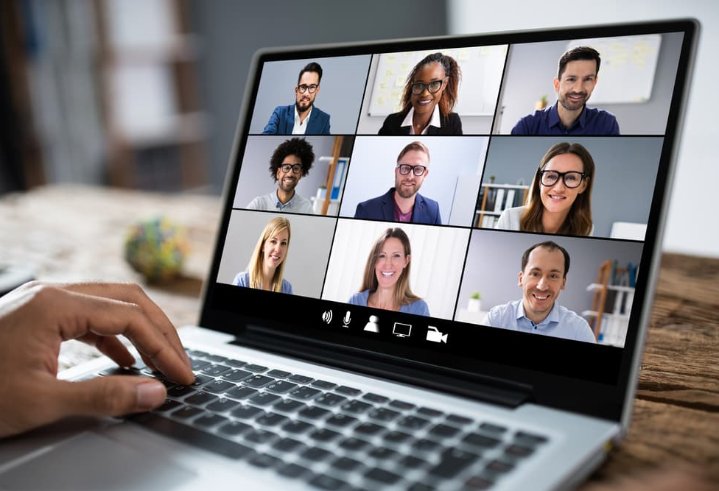How COVID-19 has changed the way we work

Before the world was enveloped in a global pandemic and the words “COVID-19” and “coronavirus” weren’t forever ingrained in humanity’s collective repertoire, our traditional working environments were accepted and embraced as the norm.
For thousands of people across the country, before this year, those traditional working environments looked a lot like hopping in the car or stepping onto a train and making your way to an office, a worksite or a classroom.
So never in our wildest of dreams could most have us fathomed what the standard work day would look like in 2020.
Ever since the emergence of social media and other advanced communication technologies, the term “virtual proximity” has been used to describe human connection in the 21st century; we are closer than ever before while never being further apart.
Emails, DMs, likes, comments, FaceTime...all of these facets of modern interaction have inarguably shifted the dynamic and meaning of professional and personal relationships forever.
And then COVID-19 blows in, radical and unforgiving.
Suddenly employers are forced to reevaluate what the traditional method of working looks like in a world where social distance has taken over virtual proximity as the ultimate buzz word.
What’s an office?

However, if that same person had added there would a *small* caveat to the deal and I also wouldn’t be able to leave my home and collaborate with colleagues or clients in person for months on end, I would have forgone the loungewear and jumped at the thought of a pair of smart casual slacks, a blazer and human interaction.
With almost half the employed population of Australia having worked from home (WFH) in some capacity over the past few months the long-term impact on office culture is inevitable.
When you consider that less than two per cent of employees worked predominantly from home before the pandemic’s onset and only about one-third did any billable hours at all from outside the office, coronavirus has dramatically changed the playing field in unfathomable ways.
Recently, a handful of the nation’s top CEOs were interviewed by The Australian, with the majority indicating staff productivity hadn’t suffered during WFH; numerous workplace surveys also revealed that between 60 and 75 per cent of workers and managers expect some level of WFH to become permanent.
It’s likely that an office existence will no longer be a core requirement to productivity post-pandemic so it’s thus imperative that employers plan and establish what the future looks like for their teams beyond 2020.
Putting away the passport
With many experts predicting international travel is unlikely to return to a semblance of “normal” until 2023, business trips and corporate travel will predominantly be done through a Zoom link rather than an aerobridge.
Instead of sending employees jet setting between global offices, many companies and organisations will rely on technology more and more to keep overseas teams connected and capable of collaborating.
In addition to the Zoom boom, the Microsoft Teams platform has grown rapidly in recent months seeing over 70 million users logging in each and every day. Skype usage has also increased by a staggering 70% since March 2020.
While it’s hard to imagine business travel disappearing entirely, it is plausible that decision makers will need to deeply consider and assess health risks before sending employees packing; the pandemic has certainly added an extra dimension to OH&S policies for human resources to think about when it comes to worker movement between domestic and international borders.
Globalisation of workers

Salaries may also feel the impact of a globalised working community as the demographics of staff will begin to vary wildly between countries, taking into account the cost of living in any given city.
What’s next?
With the economic and employment environment rapidly changing, now is definitely not the time to panic and feel like your ship is sunk
If this new way of working is making you nervous about job prospects or the stability of your existing role, it might be worth considering upskilling your current professional repertoire or even identifying other areas of interest beyond your immediate industry scope; the current COVID situation may actually present a unique opportunity to identify other ways you can grow, evolve, expand and secure your offering in a post-pandemic world.
To discuss the range of courses that can help put you on the right path, feel free to get in touch with an Upskilled education consultant today on 1300 009 924.


)
)

